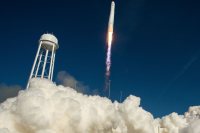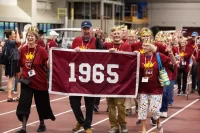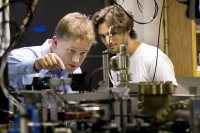
If an atomic physicist like Nathan Lundblad could slip the surly bonds of Earth’s gravitational pull, what kind of experiment would he dream up?
About a decade ago, that very question was posed to physicists around the country when NASA issued a call for proposals to do funded research using a new facility to be installed aboard the International Space Station.
Lundblad, a Bates professor of physics, had a research proposal at the ready: He would attempt something never before done on Earth: create tiny bubbles of ultracold atoms.
In response its call, NASA announced in 2014 that it would fund seven research projects, including one headed by Lundblad, to conduct the first experiments aboard the Cold Atom Laboratory, which was launched to the International Space Station, about 250 miles above the Earth, in 2018.
This week, Lundblad and his coauthors published their first research findings, “Observation of ultracold atomic bubbles in orbital microgravity,” in the journal Nature, which is now attracting attracted national media attention.
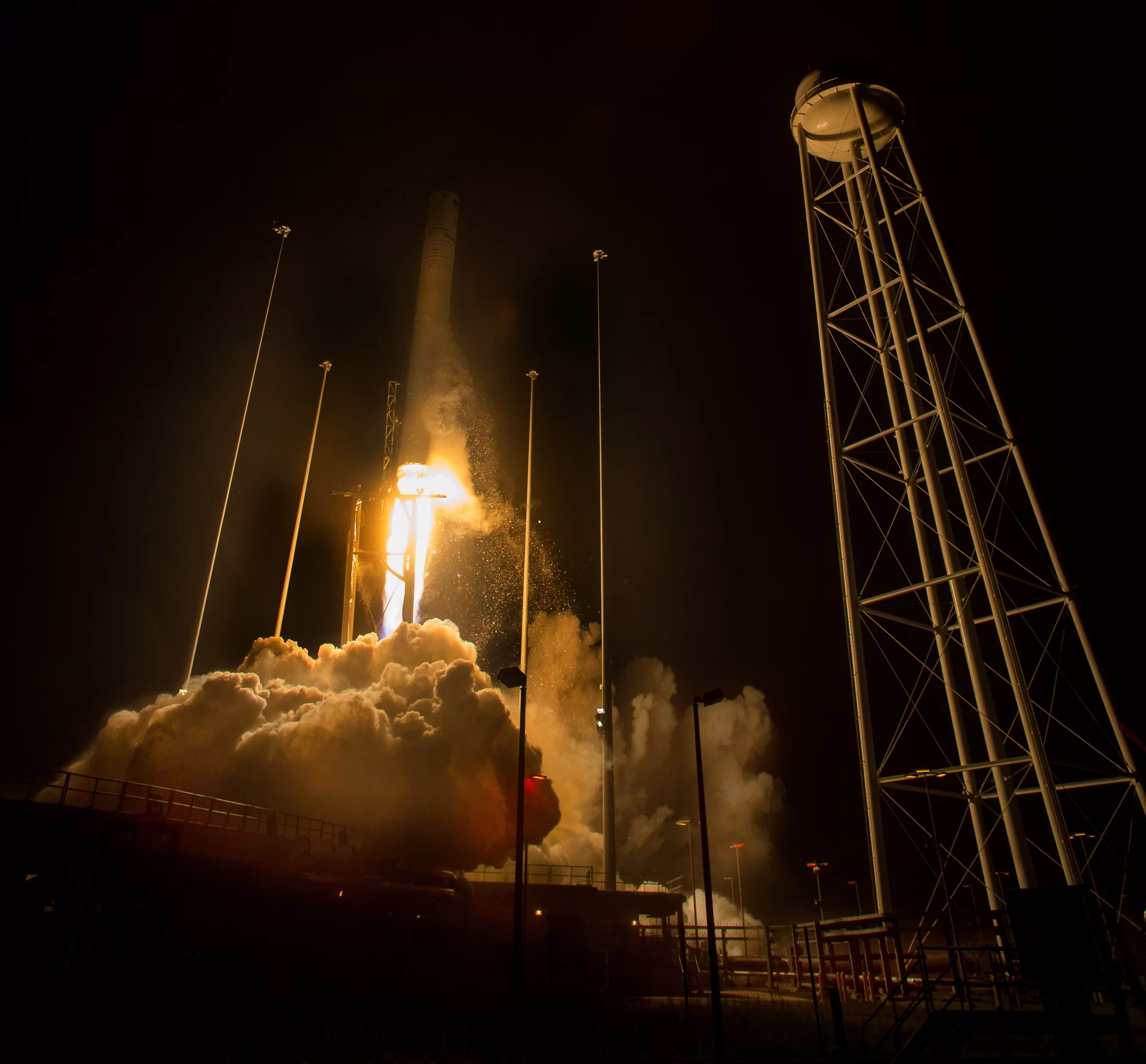
Before we explain the bubbles, we need to explain why they’re important, which has to do with exploring the wonders of quantum physics.
Lundblad’s research looks at what happens when a cloud of atoms become ultracold — near absolute zero, that is. This ultracold cloud of 10,000 or so atoms slow down — way, way down — until they come together “in a blob, or clump,” explains Lundblad.
Large enough to be visible to the naked eye, this blob of atomic gas is known as a Bose-Einstein condensate. Named for Albert Einstein and fellow physicist Satyendra Nath Bose, who correctly predicted their existence in the 1920s, BEC’s are considered a different state of matter from a gas, liquid, solid, or plasma. They intrigue physicists for their quantum properties, such as acting like a wave rather than individual particles, a property called “wave-particle duality.”
Lundblad describes a BEC as a “very special gas, where atoms become blurred out such that we don’t know where the atoms are within the blob.”
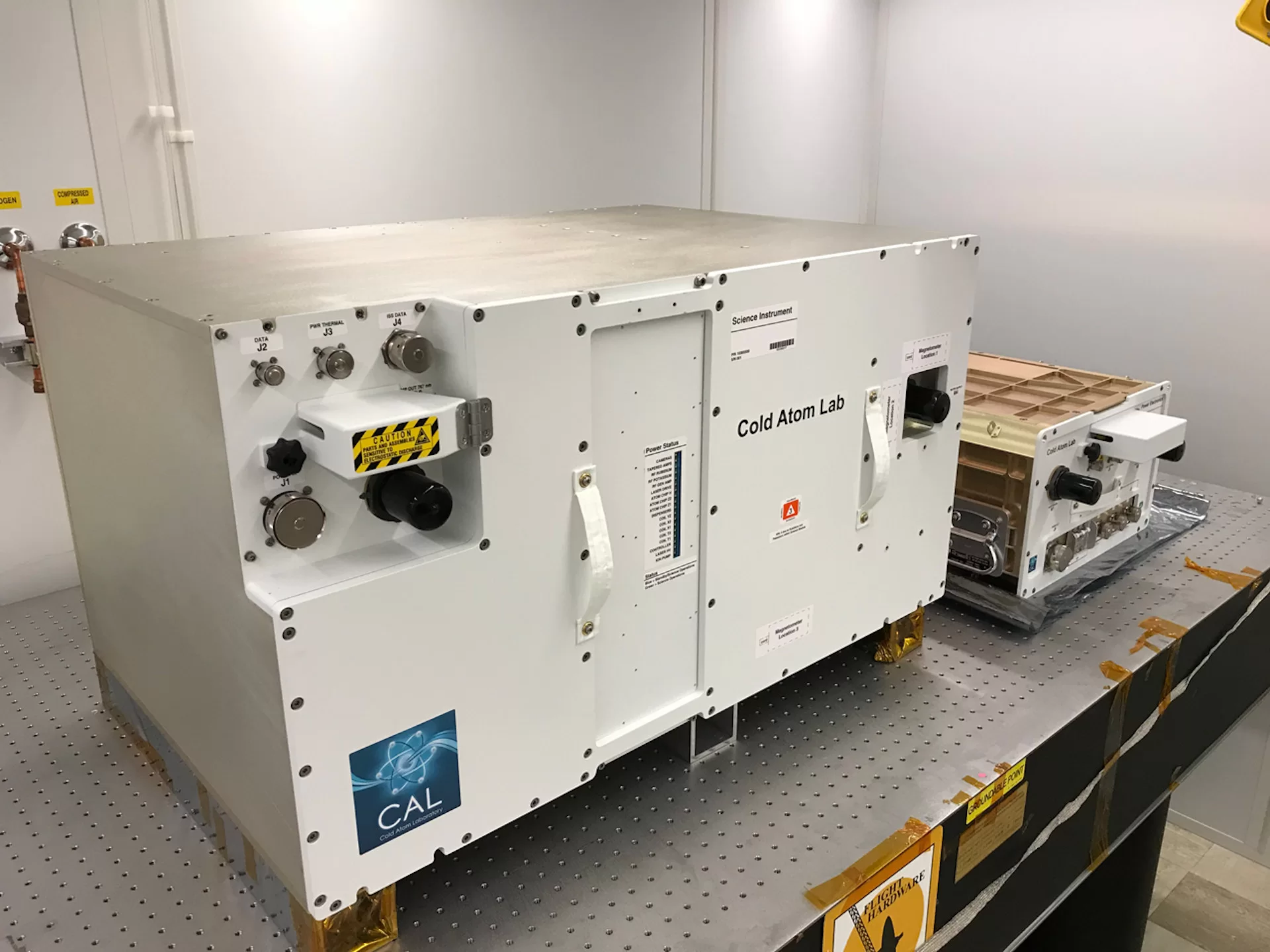
The singular achievement reported by Lundblad and his research team in their Nature article is that they’ve successfully made a bubble out of a BEC, “like inflating a bubble from a blob of soap,” he explains. “When we blow it up, the bubble’s diameter can grow to a few tenths of a millimeter, larger than the diameter of a hair,” and visible to the eye. The sphere is relatively large compared to its thickness, “only a few atoms thick.”
Until now, it’s not been possible to create ultracold atomic bubbles because gravity squashes them. For Lundblad and other researchers, that was a big draw of doing cold atom research aboard the space station: It’s a gravity-free place.
Successfully creating ultracold bubbles didn’t surprise Lundblad, but it was nonetheless still gratifying. “There was really no reason to expect that it wouldn’t work. But it was really nice to see it in action for the first time, and see how the bubble curled up around the sides.”
This series of images shows an ultracold atom bubble being formed inside NASA’s Cold Atom Lab, as part of research led by Bates Professor of Physics Nathan Lundblad.
The intrigue around creating and examining an ultracold bubble instead of a basic BEC is “similar to what’s special about doing physics on a curved earth instead of a flat earth,” he says. “You can get interesting and counterintuitive effects.”
For example, “some theoretical work suggests that if we work with one of these bubbles that is in the BEC state, we might be able to form vortices — basically, little whirlpools — in the quantum material,” says Lundblad. “That’s one example of a physical configuration that could help us understand BEC properties better and gain more insight into the nature of quantum matter.”
Currently, the ultracold bubbles created in the Cold Atom Lab are not themselves Bose-Einstein Condensates. The bubble becomes a bit too warm to remain a BEC. That’s the next step for Lundblad and researchers, to transition the ultracold gas composing the bubbles to the BEC state and see how it behaves.
Before now, Lundblad would create BECs in an apparatus on the ground floor of Carnegie Science Hall, so the new Cold Atom Lab research represents a sea change in how data is collected and shared in the field of ultracold atomic physics: It can now be done in space, on a shared user facility, “far from a scientist’s home institution,” says Lundblad.
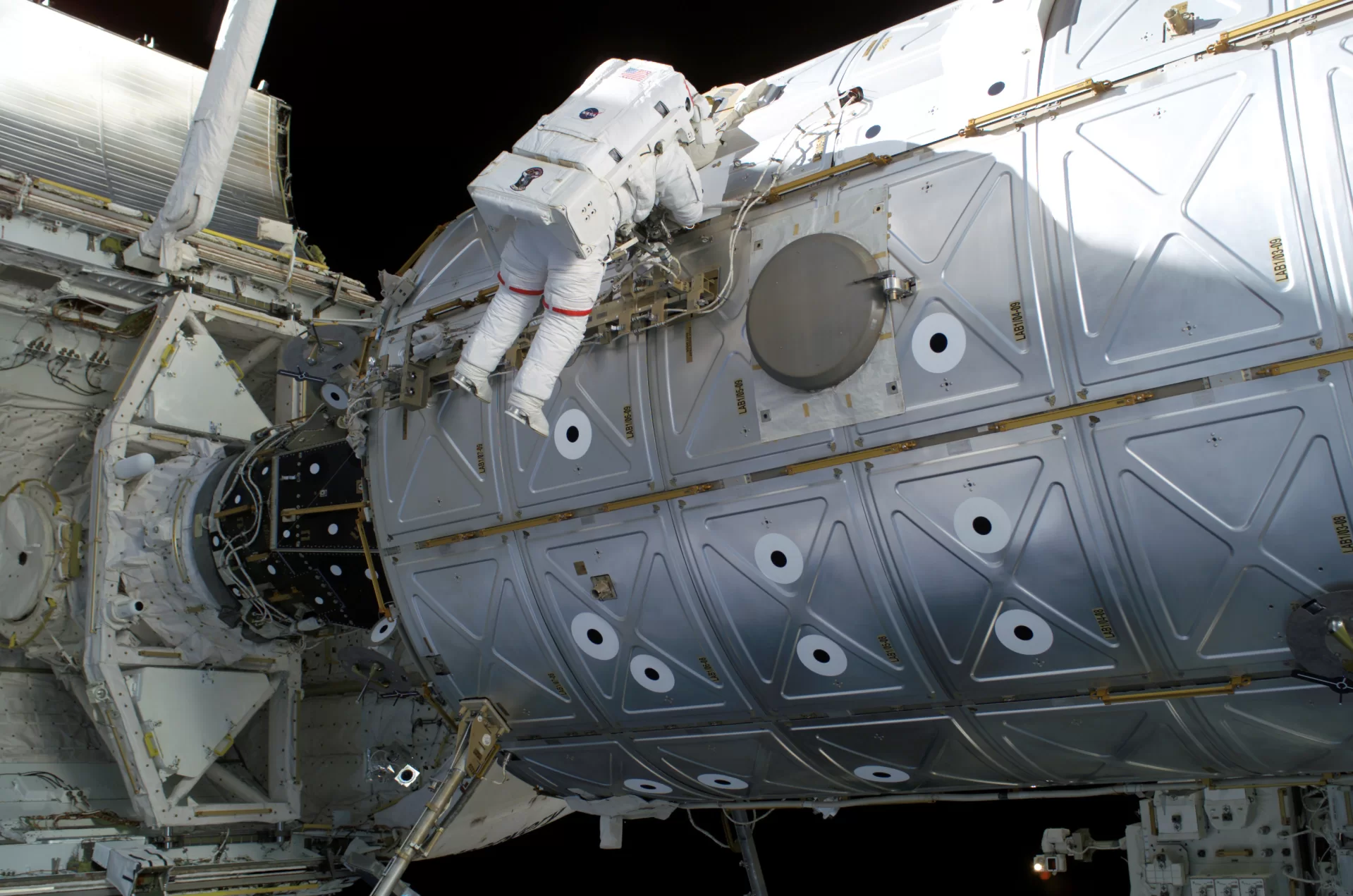
But in other areas of physics, “you do your sample prepping at your home institution, then you travel to an X-ray or beamline user facility for a week, then you come back to your home institution. The science is done in a shared facility.” For example, Lundblad points out that his colleague Aleks Diamond-Stanic “doesn’t own the Hubble space telescope but he applies for time to use it. It’s a user facility.”
“I’ll get text messages with screen shots of images when I’m putting the kids to bed,” says Lundblad. “That’s cool.”
“Part of what’s neat about this project is that it started out with, ‘What if we could create an atomic physics user facility? And that’s what the Cold Atom Lab is doing here,” he said.
Lundblad gets access to the Cold Atom Lab for several days every few weeks. He communicates with the Jet Propulsion Lab in California, which executes what Lundblad outlines. (The astronauts aboard the space station are not involved.)
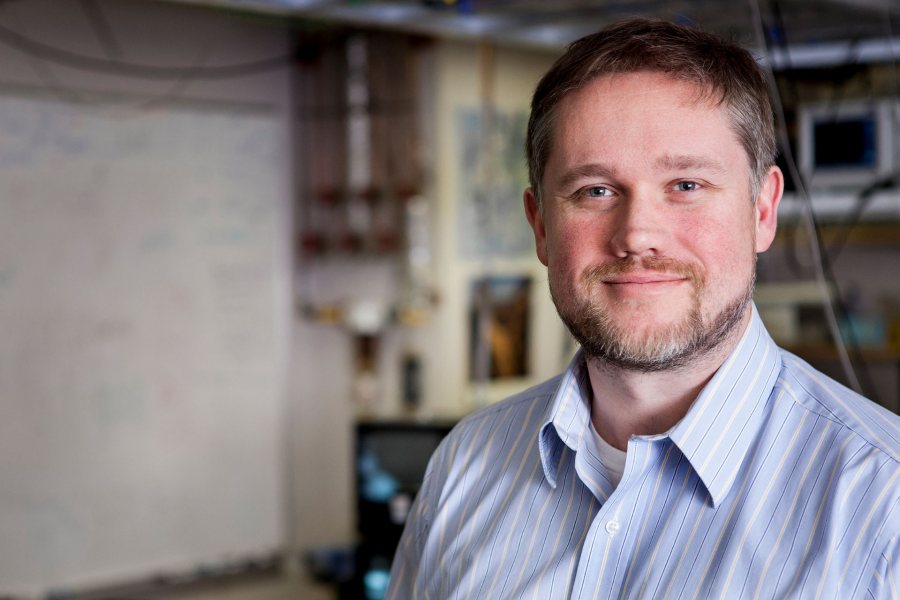
The experiments are run during business hours at JPL, so the data starts coming in later in the day. “I’ll get text messages with screen shots of images when I’m putting the kids to bed,” says Lundblad. “That’s cool.”
“The BEC machine in Carnegie has been running for five or six years. It’s like an extension of my senses. I just know everything about it.”
Lundbland could tell when the Carnegie BEC wasn’t working right, and he’d mention it to a student, who’d ask, “How do you know that?” And Lundblad would say, “It just doesn’t sound right.”
Now, working with the Cold Atom Lab, circling the Earth a couple hundred miles above the Bates campus, “you don’t have that direct experience, so that’s a bit stressful.
With this advance in science, Lundblad knows he’s said goodbye to a more hands-on era of his work. “It’s just a new way of doing things.”
